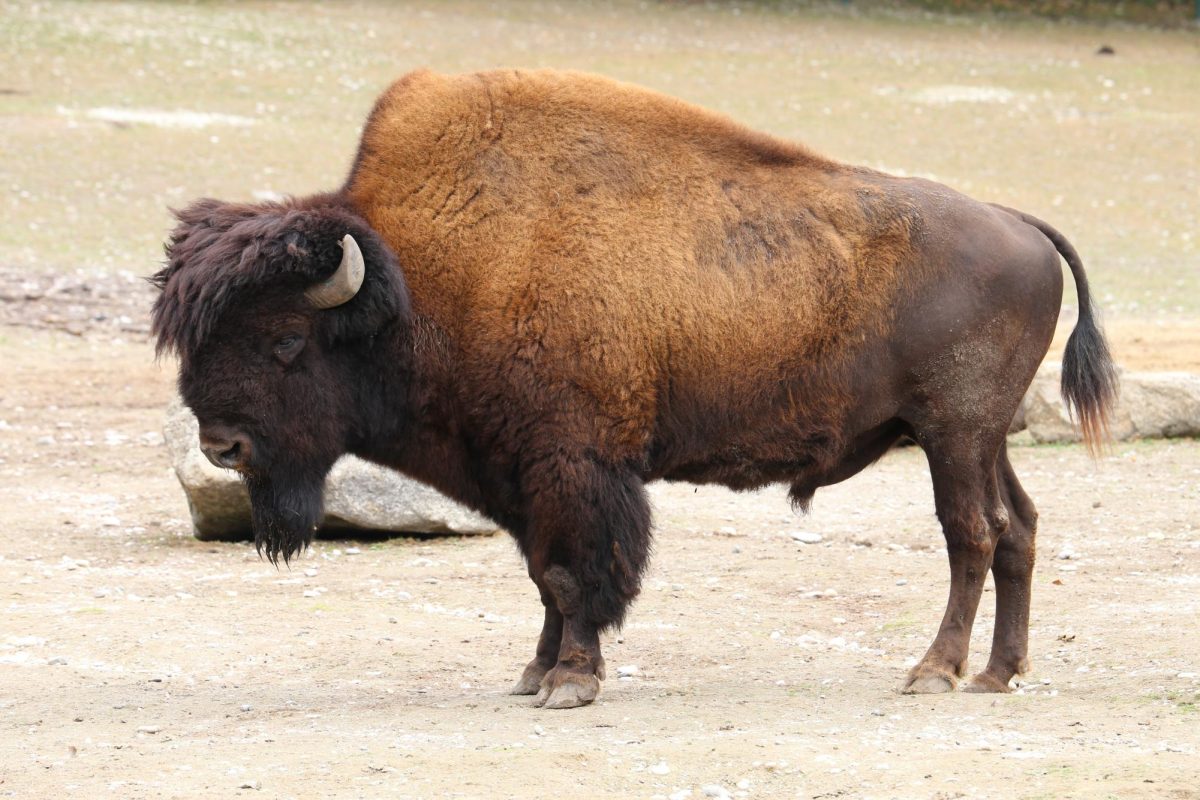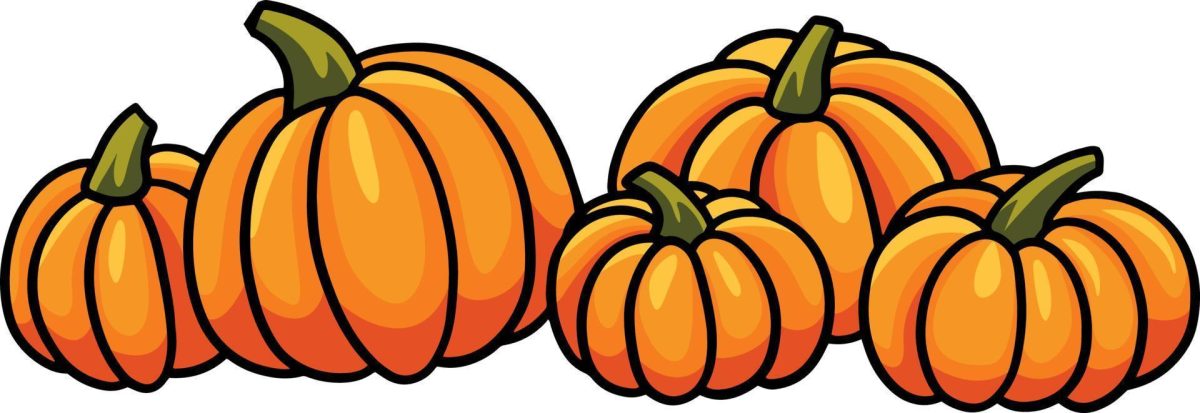The Wood Bison is a huge North American beast. Its huge body and hair on top of its head distinguish it from other bison, such as the Plains bison or the European Bison. The Wood Bison is also known as the Mountain Bison, Mountain Buffalo, or the Wood Buffalo. It lived originally in the boreal forests of Alaska, on the western coast of Alberta. Wood bison are herbivorous grazers that feed primarily on grasses and other North American foliage. Due to frequent and heavy snowfall in their native habitat, food availability differs throughout the year, leading to a diverse and equal diet.
The bison’s massive heads and shoulders allow them to bulldoze through deep snow, making paths for animals such as Pronghorn Antelope and Moose in the winter months. Their foraging activities in snow also make it possible for other animals to reach grasses that would otherwise be unusable. These massive beasts are an important part of Canadian culture. During the early 1800s, wood bison numbers were estimated at 168,000 animals, but by the late 1800s, only a couple hundred were still alive due to overhunting. There is a national park for them in Canada where they could not be harmed. From 1925 to 1928, to help with overpopulation plains bison from Buffalo National Park were translocated to Wood Buffalo National Park. There, the plains bison bred with wood bison and introduced two cattle diseases to their populations, bovine tuberculosis, and bovine brucellosis, which now pose the biggest threat to wood bison recovery. Habitat loss is also very threatening to the species.
So, do your part to help this amazing animal. Help speak up for wild bison by contacting your Senators or Representative and state governor in states where wild bison live. for the protection of their habitat and management like other wild species. Support work to protect bison and other imperiled wildlife.








